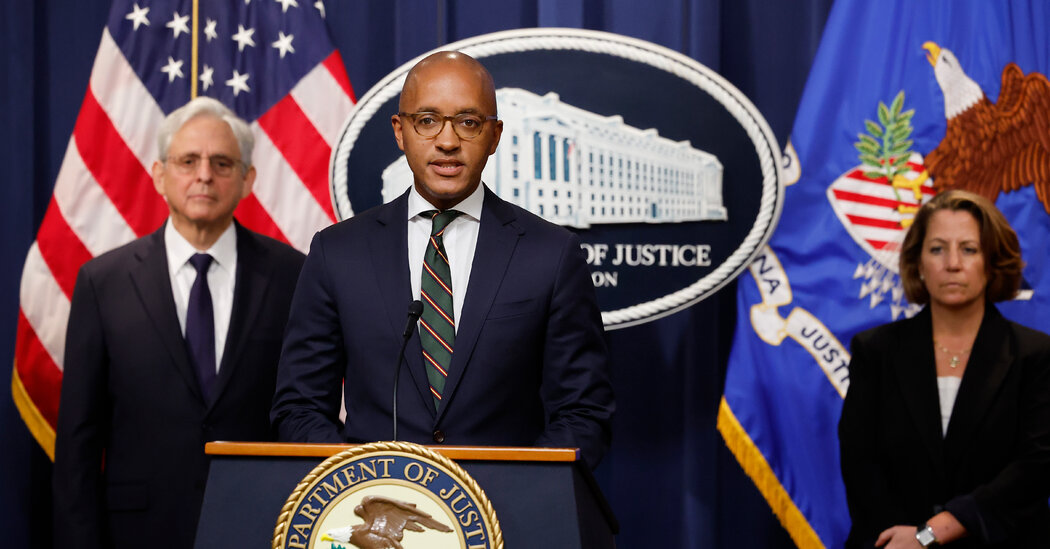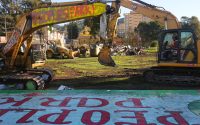What to Know About Big Bend, Where Hurricane Idalia Is Headed
Hurricane Idalia is expected to make landfall early Wednesday along Florida’s Big Bend, a marshy coast of sparsely populated wetlands known for its freshwater springs and tiny fishing villages — including Cedar Key, a conglomeration of tiny islands connected by small bridges, where a deadly storm struck in 1896 and killed at least 70 people in Florida.
Forecasters said Idalia could cause up to 12 feet of storm surge in the Big Bend region, which is loosely defined as the area where the north-south portion of the Florida peninsula curves toward the east-west portion of the Panhandle.
The Big Bend was last hit by a hurricane in 2016, when Hermine, a Category 1 storm, came ashore there. The damage was limited, given the small population in the area. One person died. But a rare winter storm in March 1993 brought rushing Gulf waters into homes, and 47 people died, many by drowning.
Evacuations were ordered for Cedar Key on Monday, along with other coastal areas, including Yankeetown, Fowlers Bluff and Fanning Springs. Sue Colson, a Cedar Key city commissioner, said people who did not want to heed the orders had to prepare for the possibility that the only road in and out of town could be washed out, or that Cedar Key’s 700 homes — about two-thirds of which are vacation rentals — could be without power, water and sewer service for weeks.
“We’re three miles in the Gulf,” Ms. Colson said. “We’ve already been experiencing the tides that come from global warming. We have flooding issues pretty regularly.”
Cedar Key is known for its shellfish, especially clams and oysters. Locals like to note that they have the smallest school in the state, as well as the shortest paved public runway.


